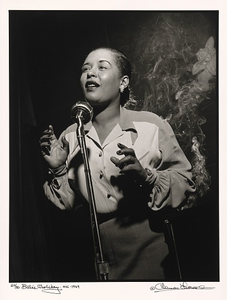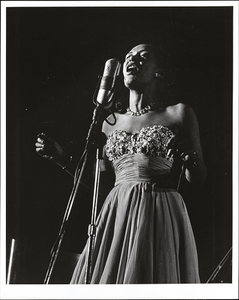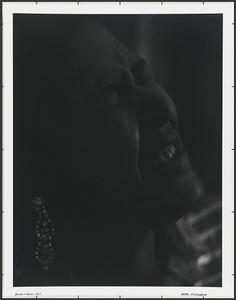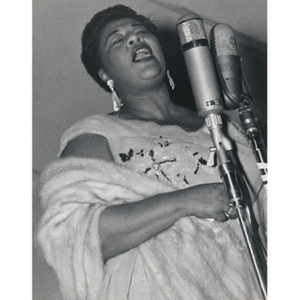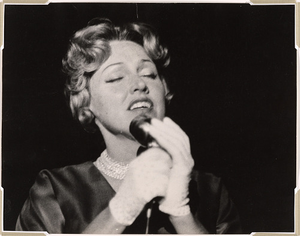Description
Renowned for making songs entirely her own, Billie Holiday once explained, “I hate straight singing. I have to change a tune to my own way of doing it. That’s all I know.” Holiday was still in her teens when she began singing professionally in New York City in the early 1930s. Before long, she was performing in popular jazz venues in Harlem and recording with some of the era’s best musicians. Nicknamed “Lady Day” by Lester Young, she performed with Count Basie in 1937 and became one of the first African American vocalists to headline an all-white band when she joined Artie Shaw’s Orchestra in 1938. A year later, during an engagement at Café Society in Greenwich Village, Holiday introduced “Strange Fruit,” the haunting indictment of southern lynching that would become one of her most iconic songs. Sadly, Holiday’s life was marred by struggles with drugs and alcohol, which contributed to her death at the age of forty-four.Famosa por imprimir su sello personal a cada canción que interpretaba, Billie Holiday decía: “No me gusta cantar sin variar. Tengo que cambiar la canción a mi modo. No puedo evitarlo”. Era todavía una adolescente cuando empezó a cantar profesionalmente en New York a principios de la década de 1930. Poco después ya actuaba en conocidos locales de jazz en Harlem y empezó a grabar con los mejores músicos de la época, de hecho, el famoso apodo “Lady Day” se lo dio Lester Young. En 1937 actuó con Count Basie y en 1938...
Image
Selenium Toned Gelatin Silver Print
National Portrait Gallery, Smithsonian Institution
